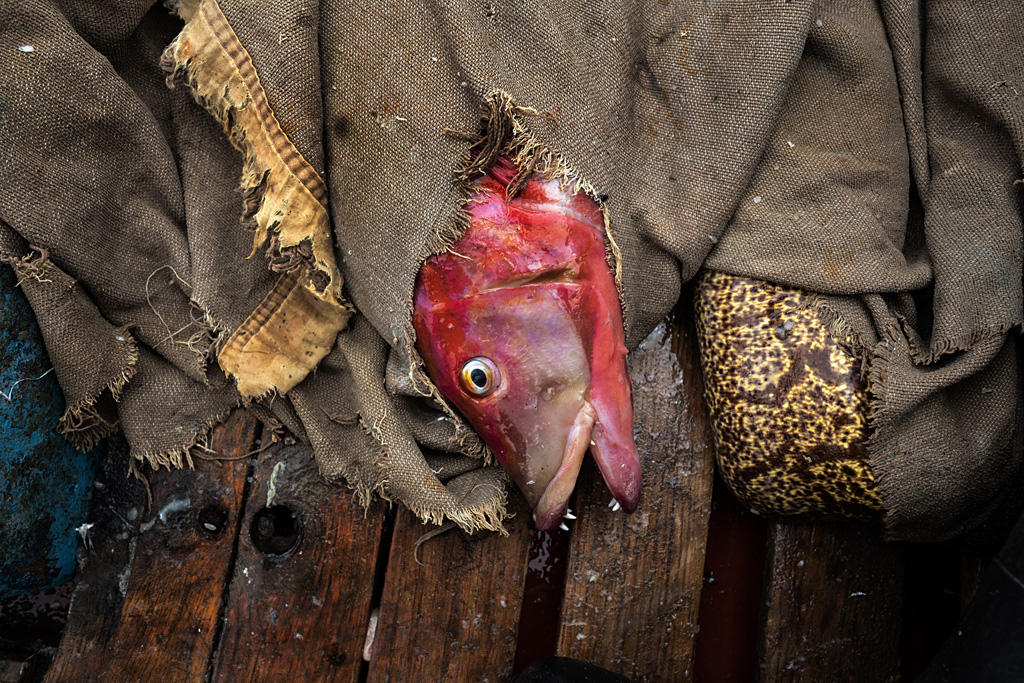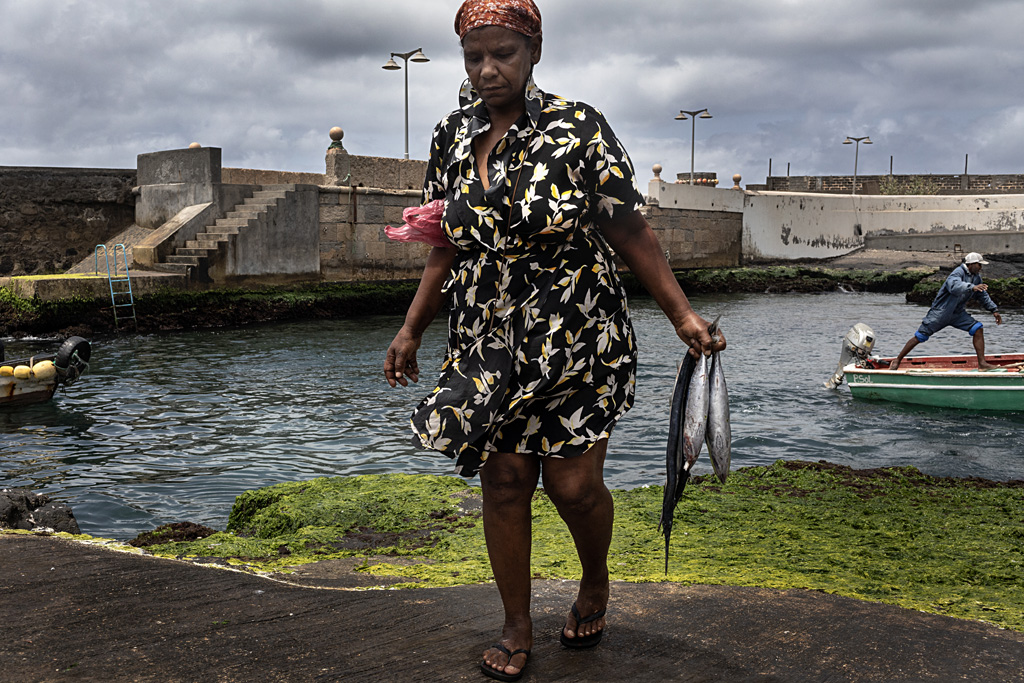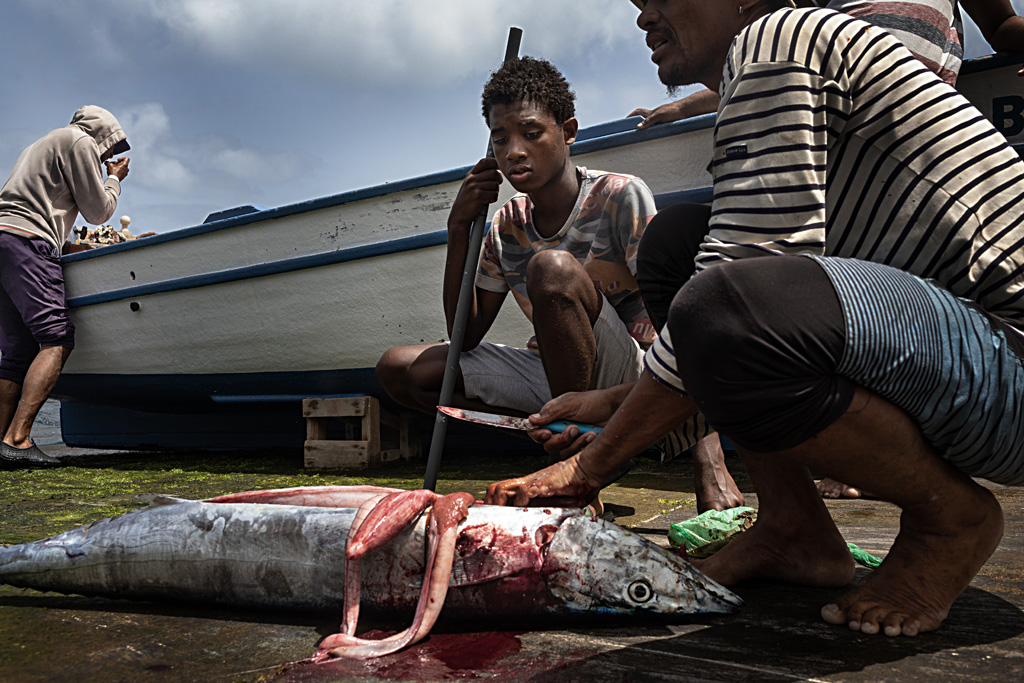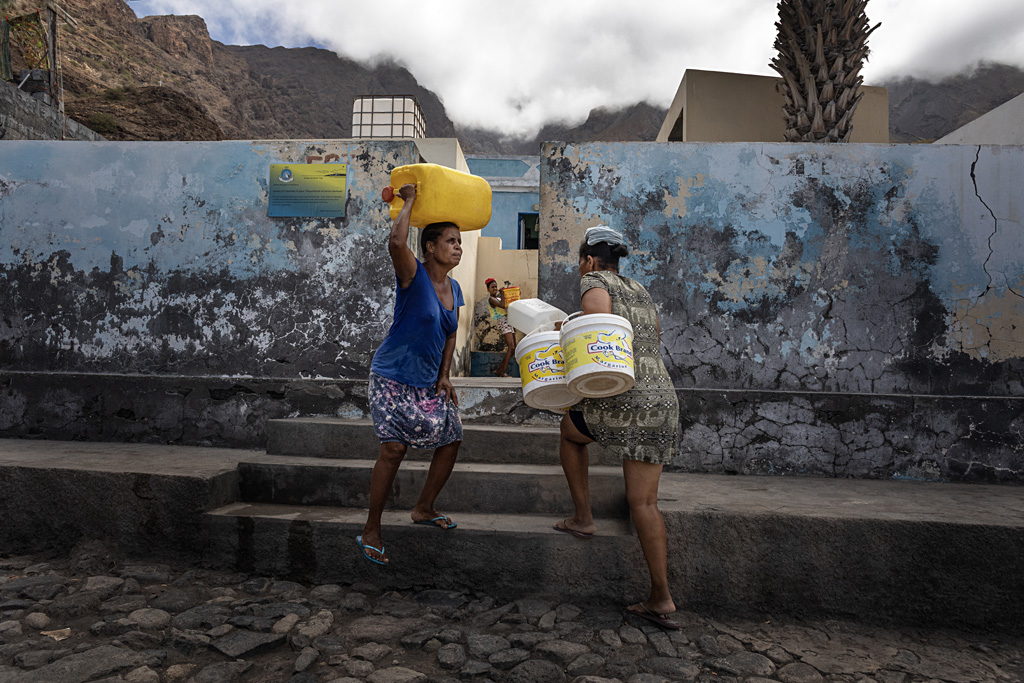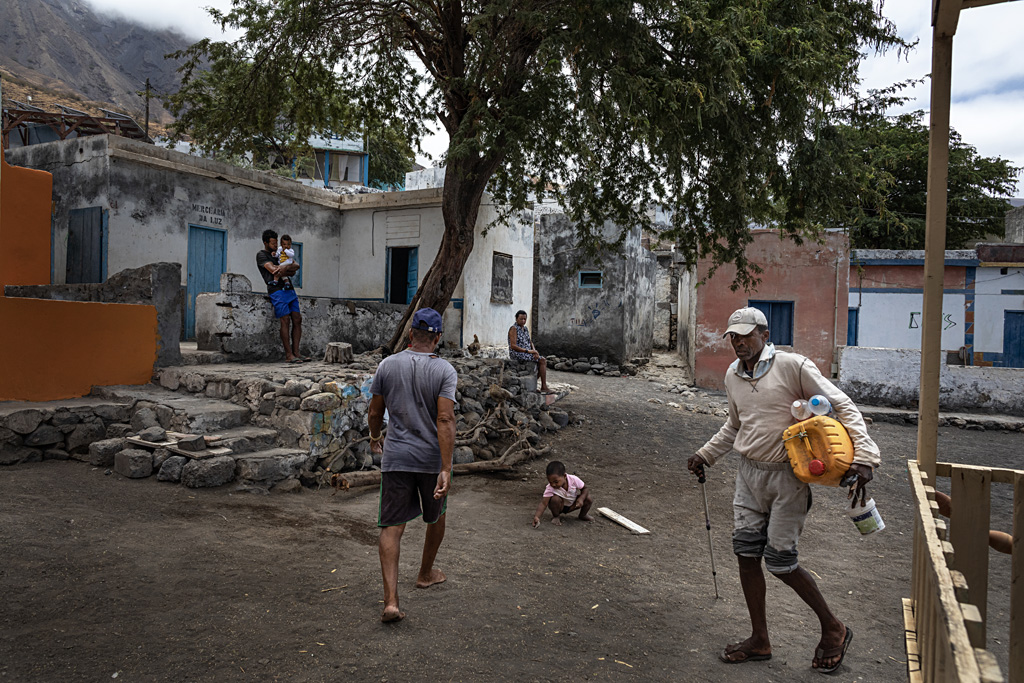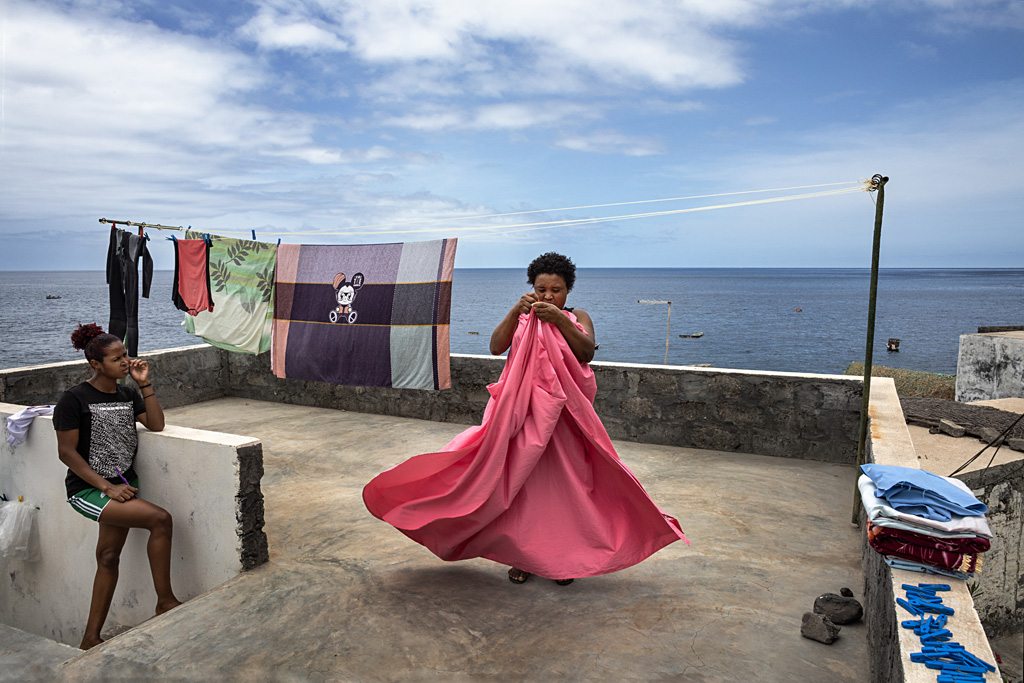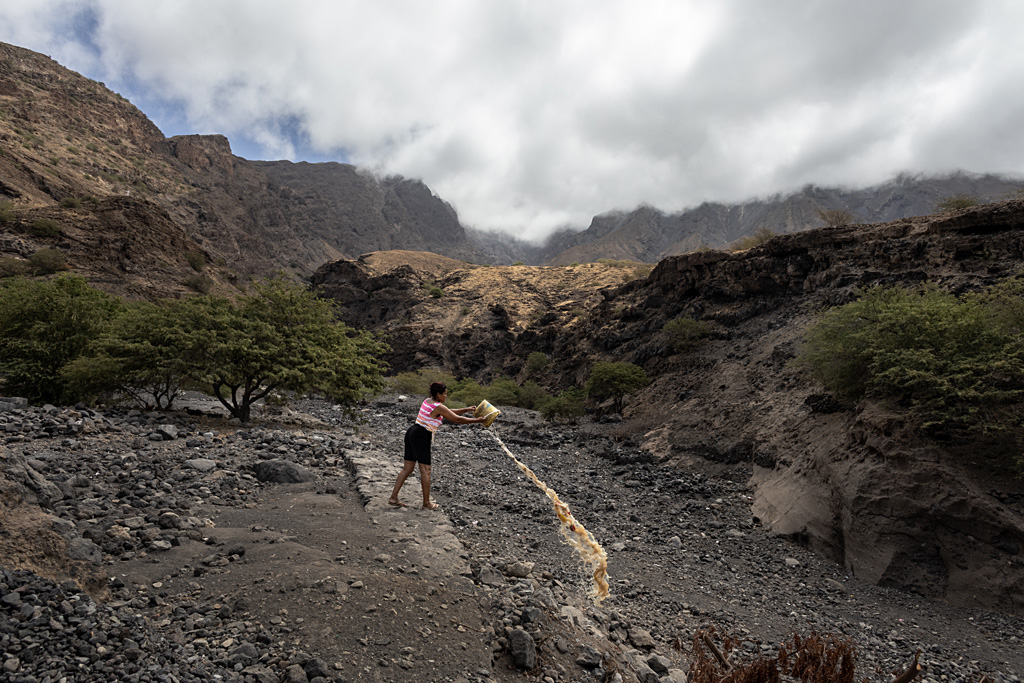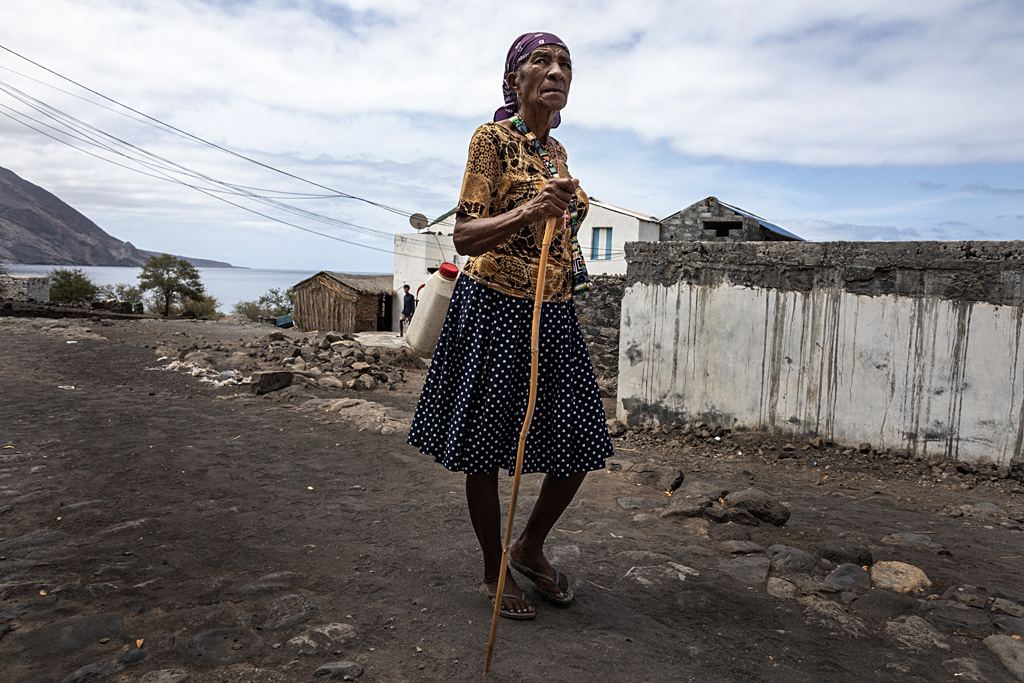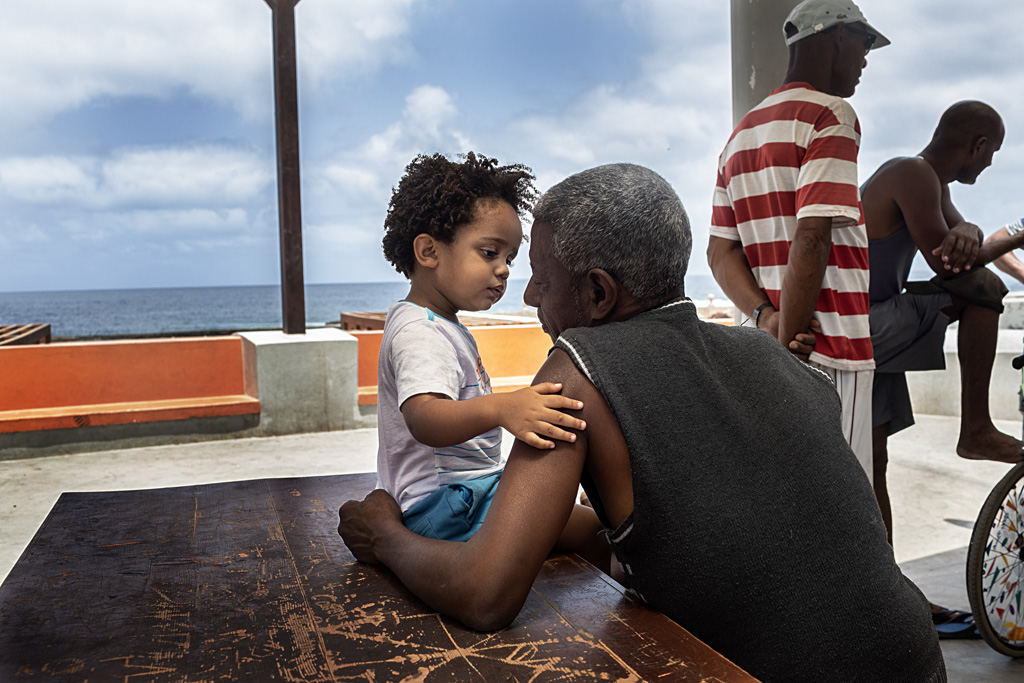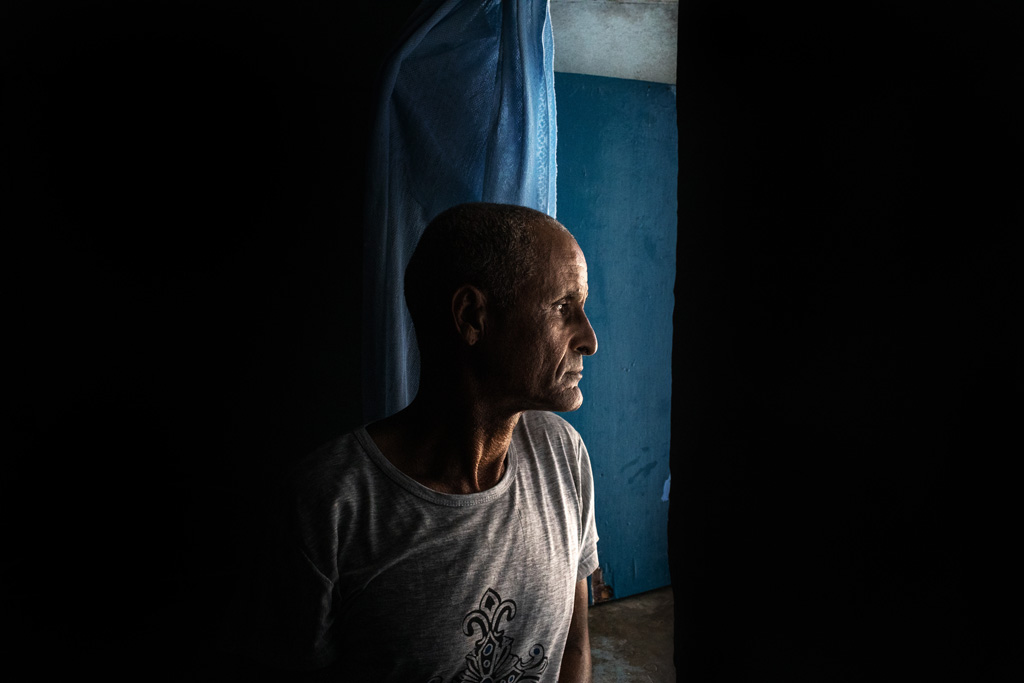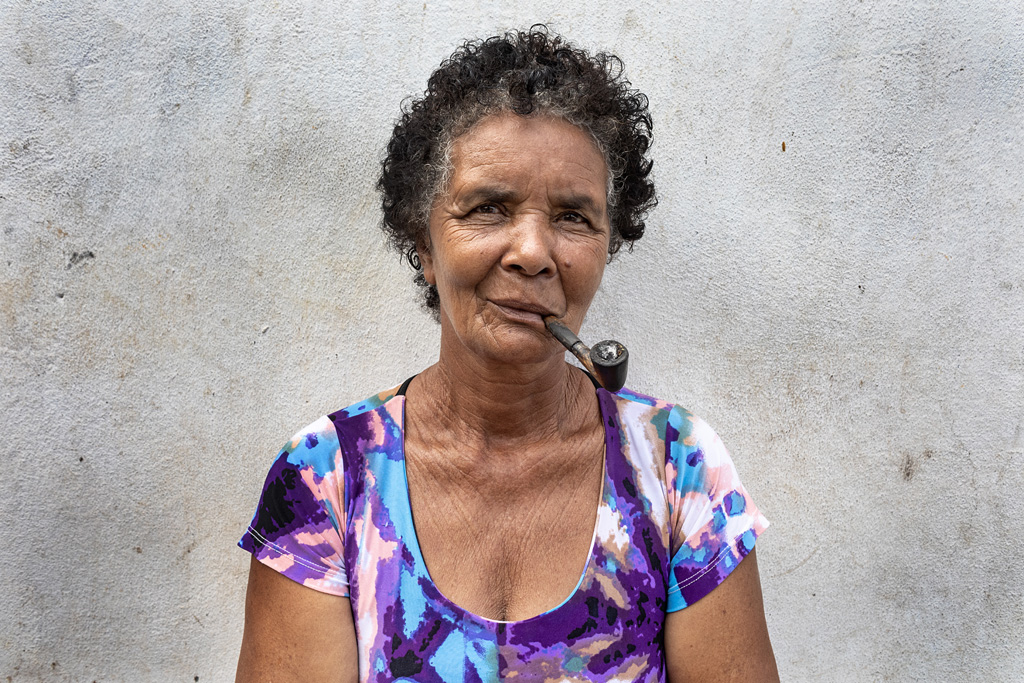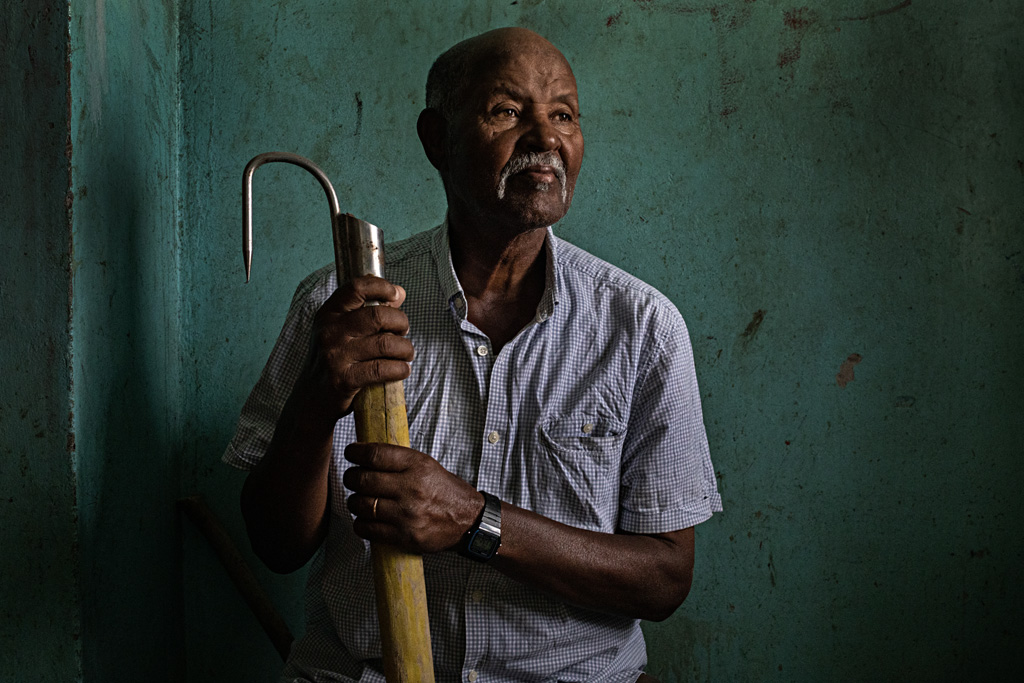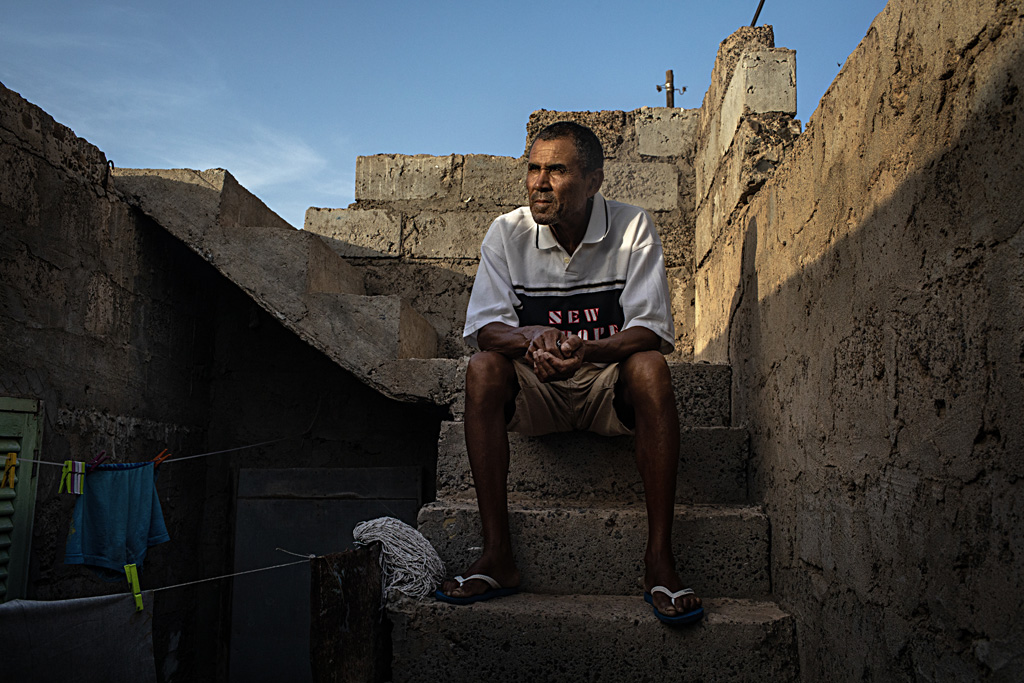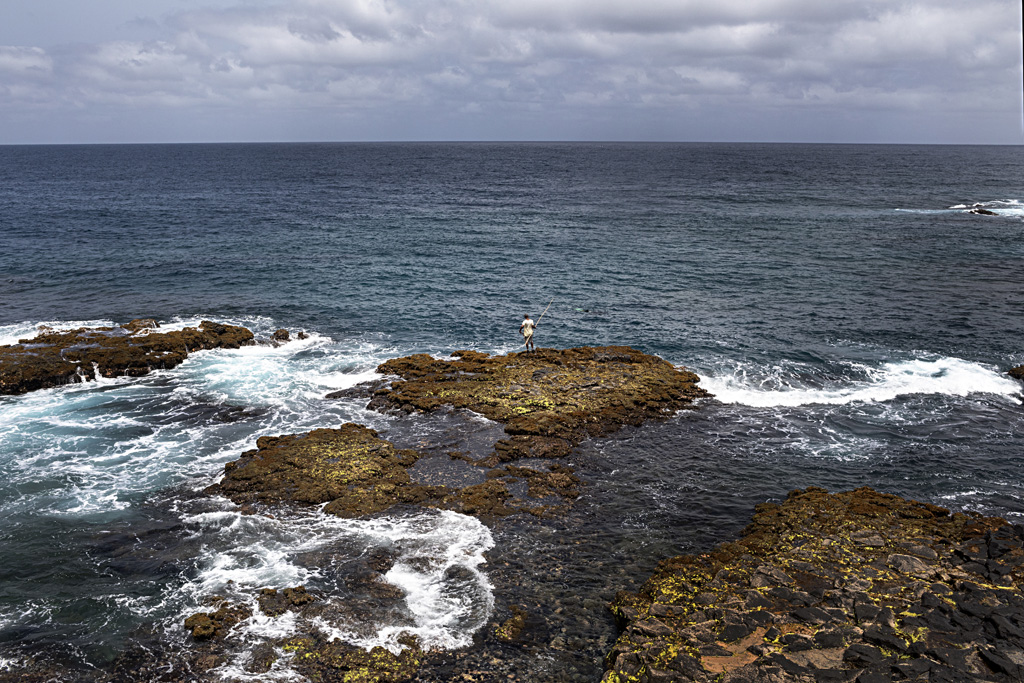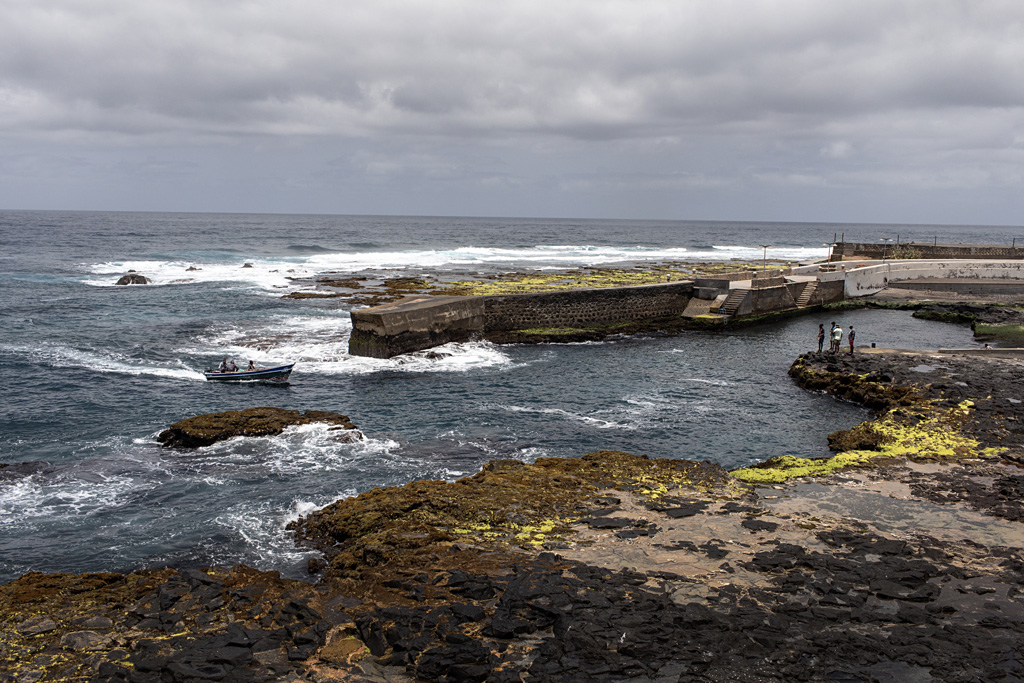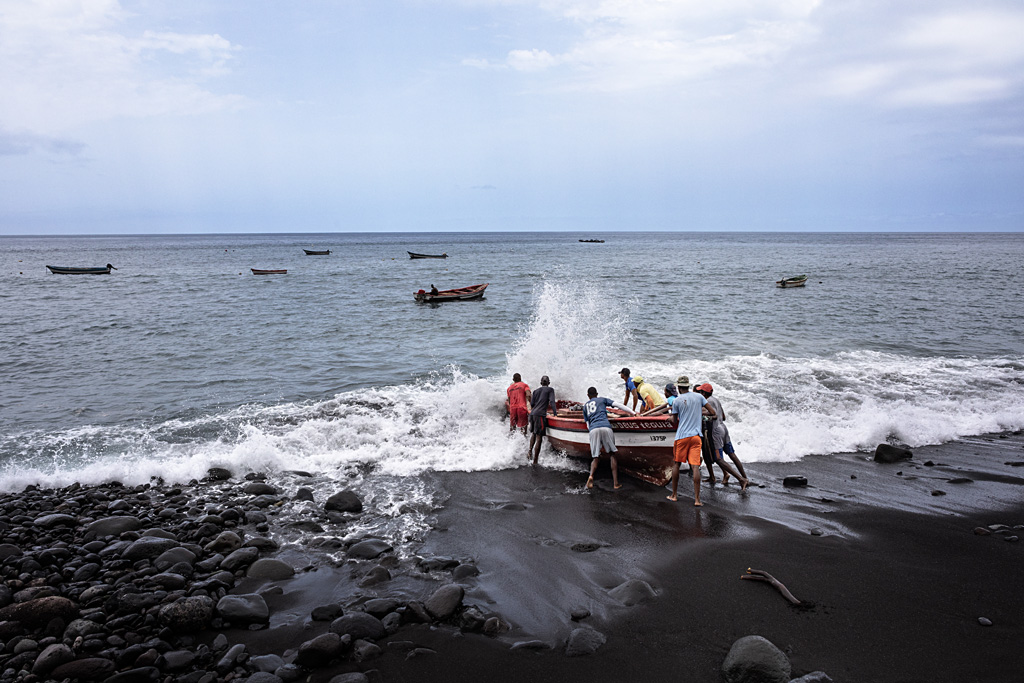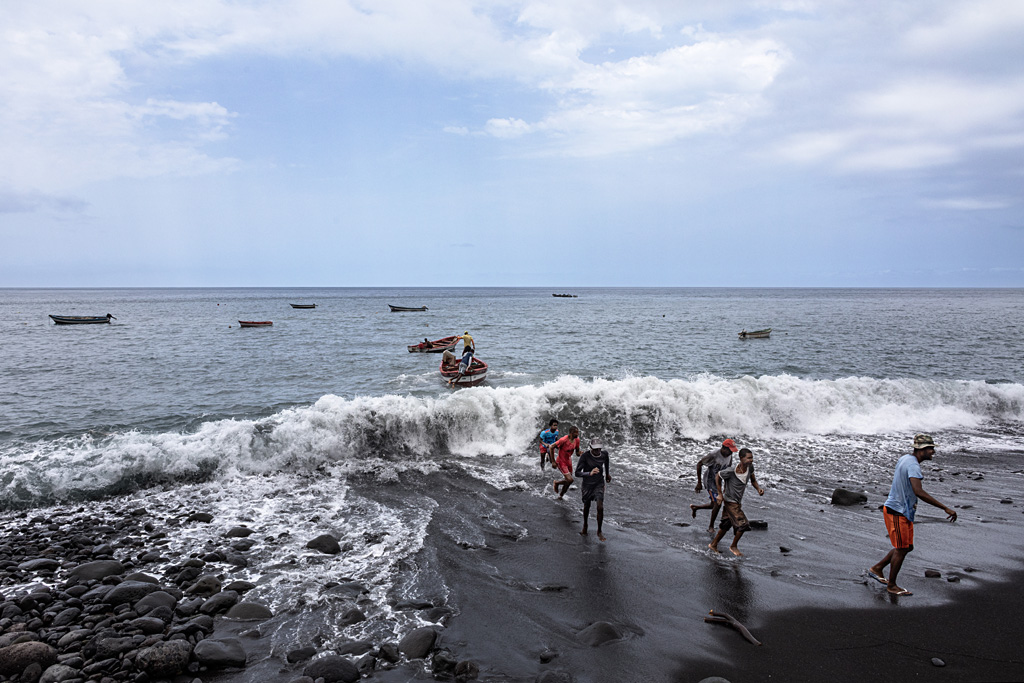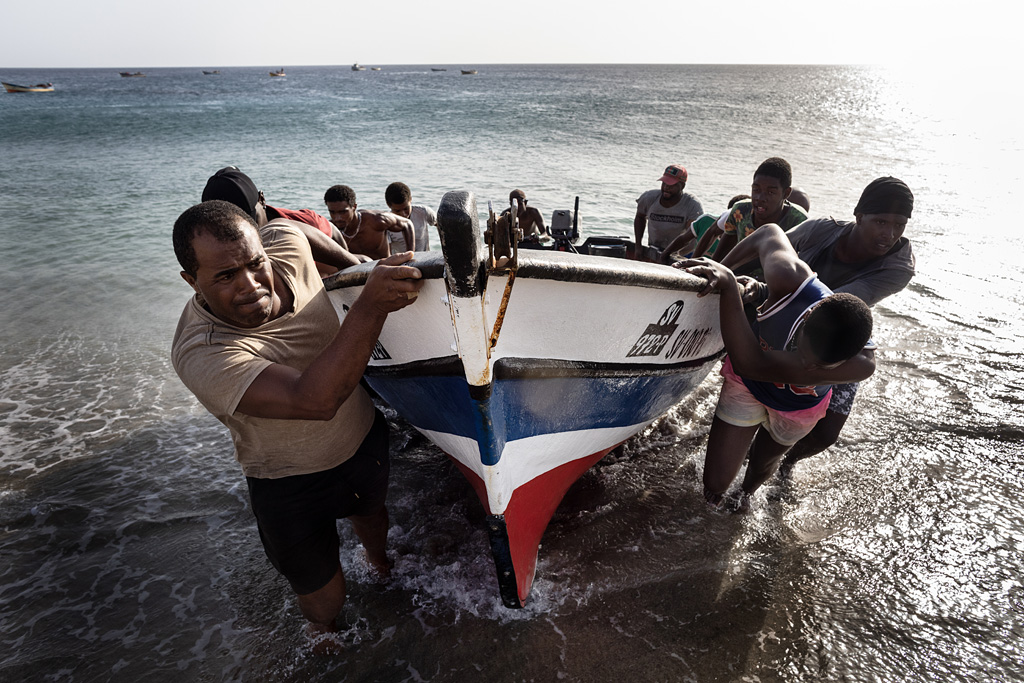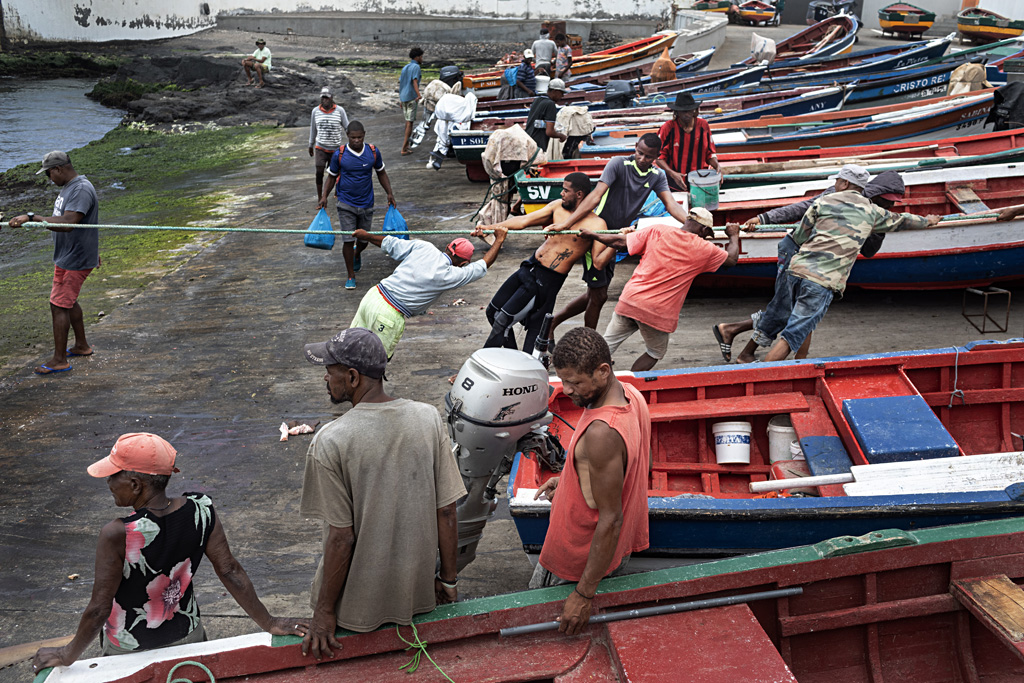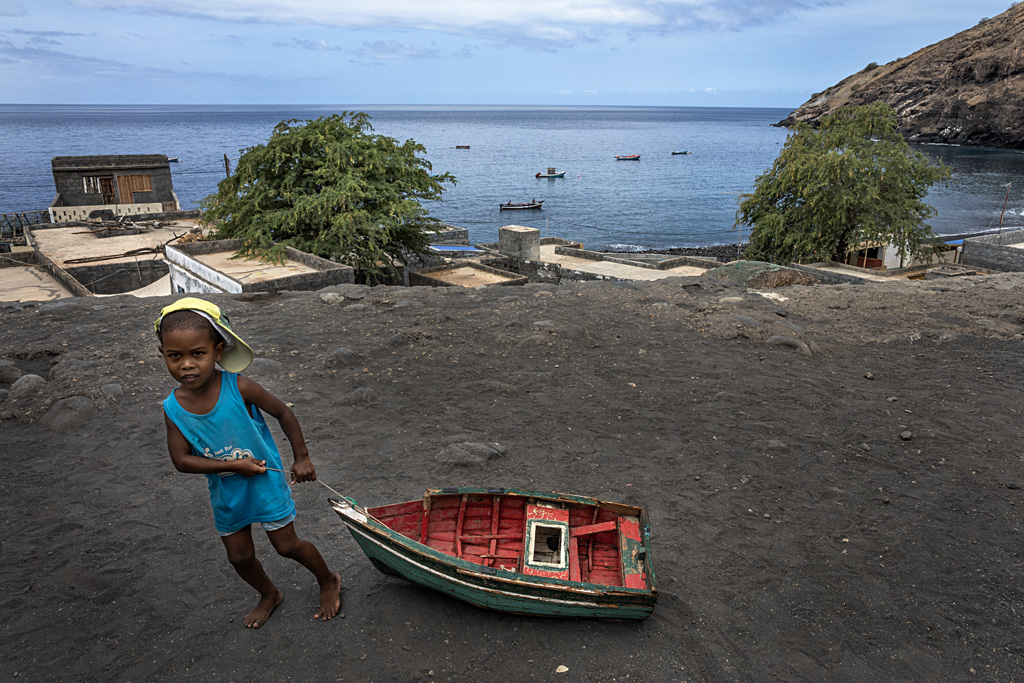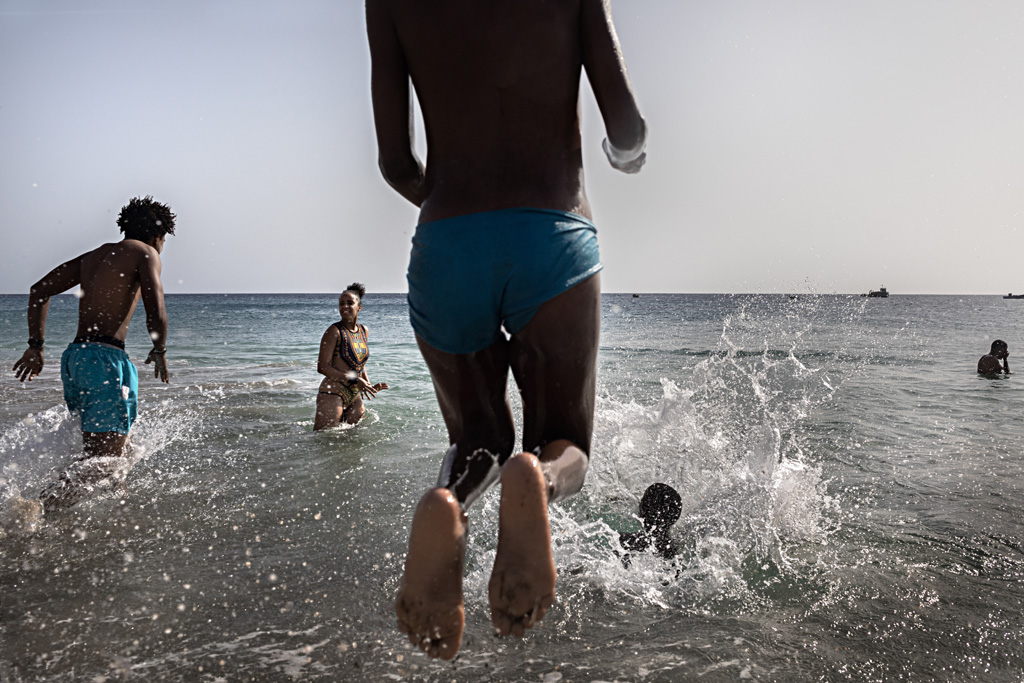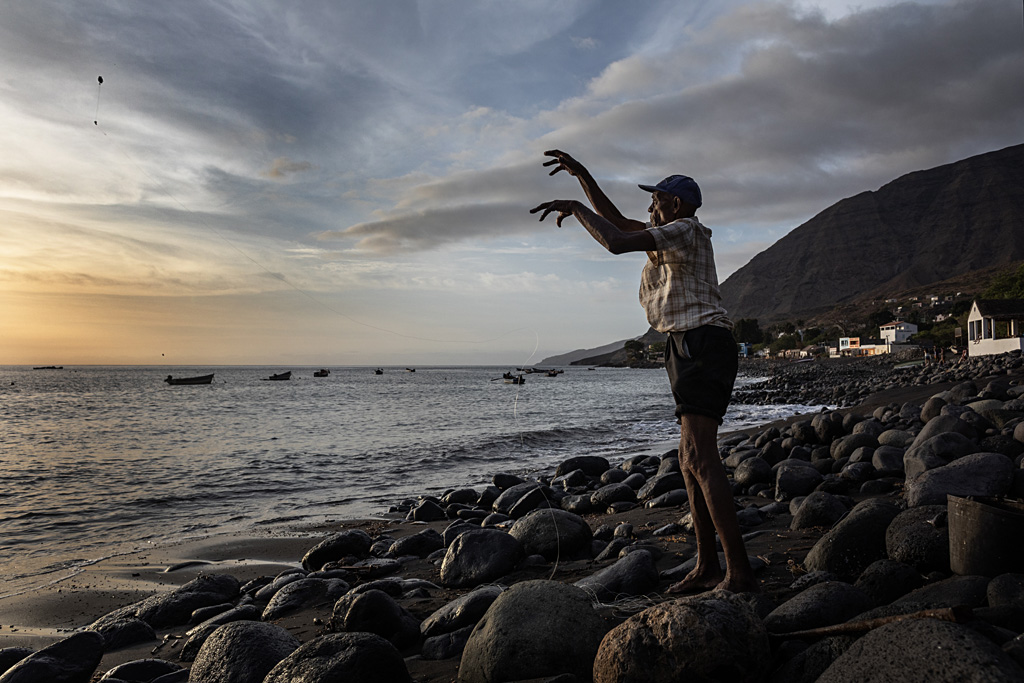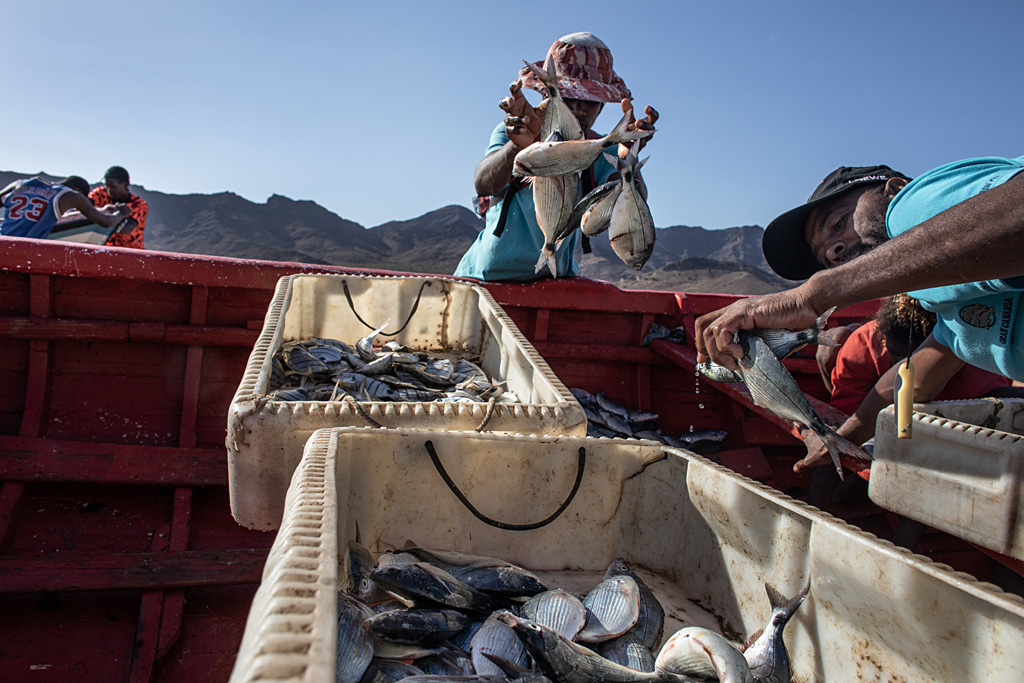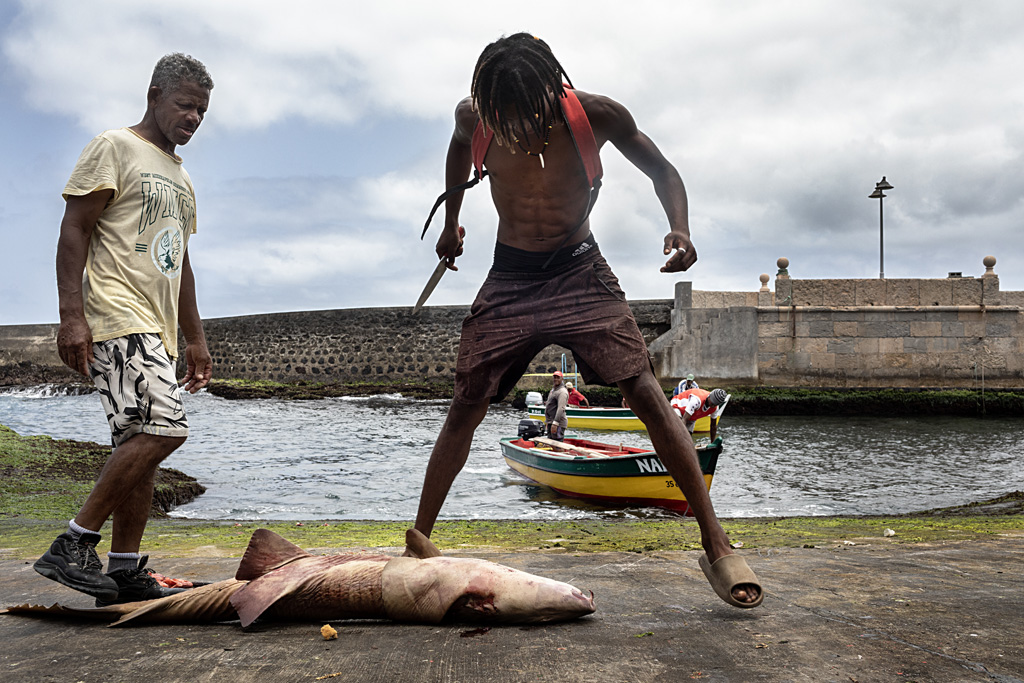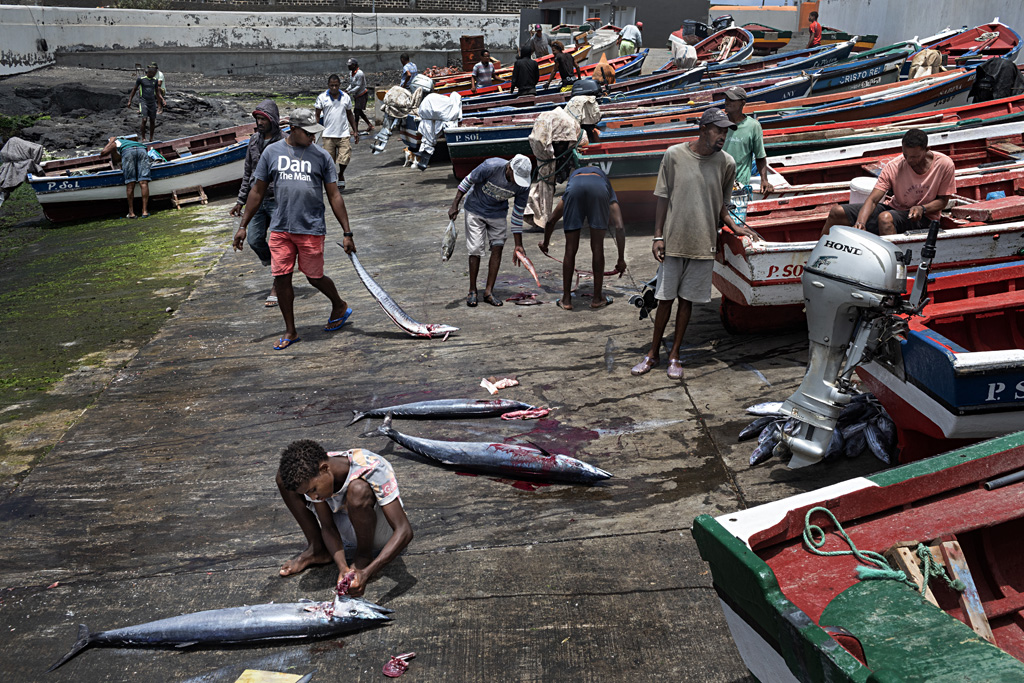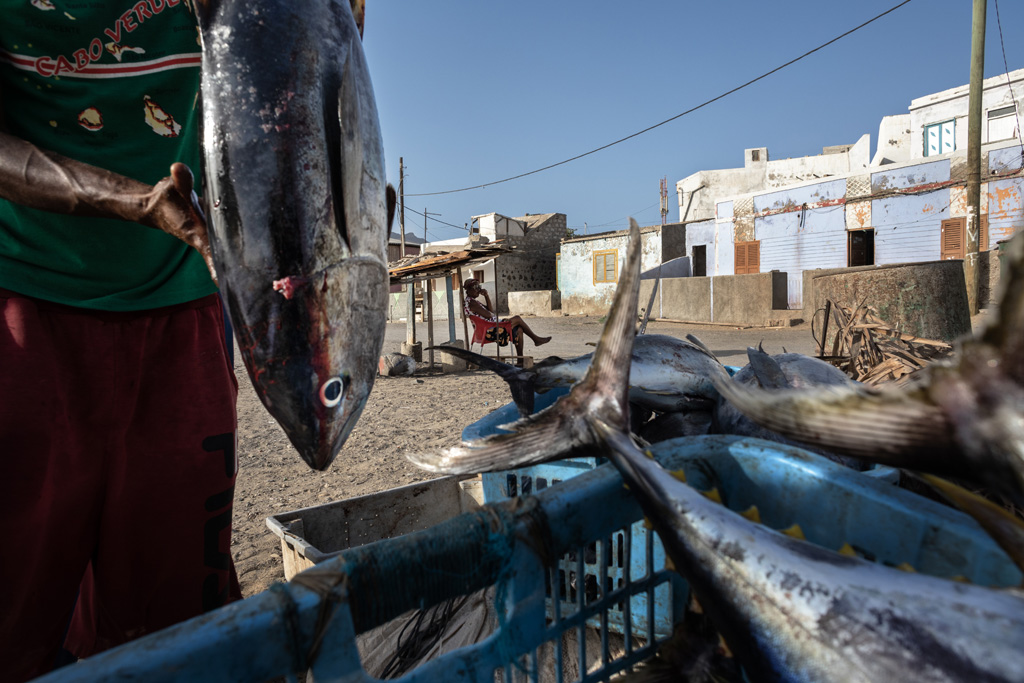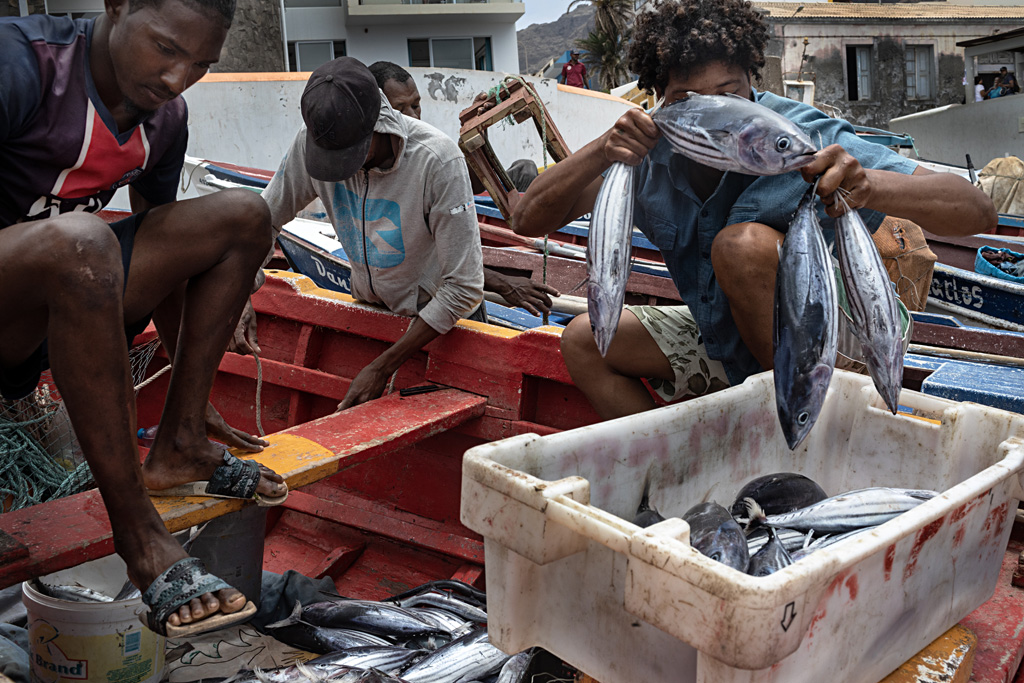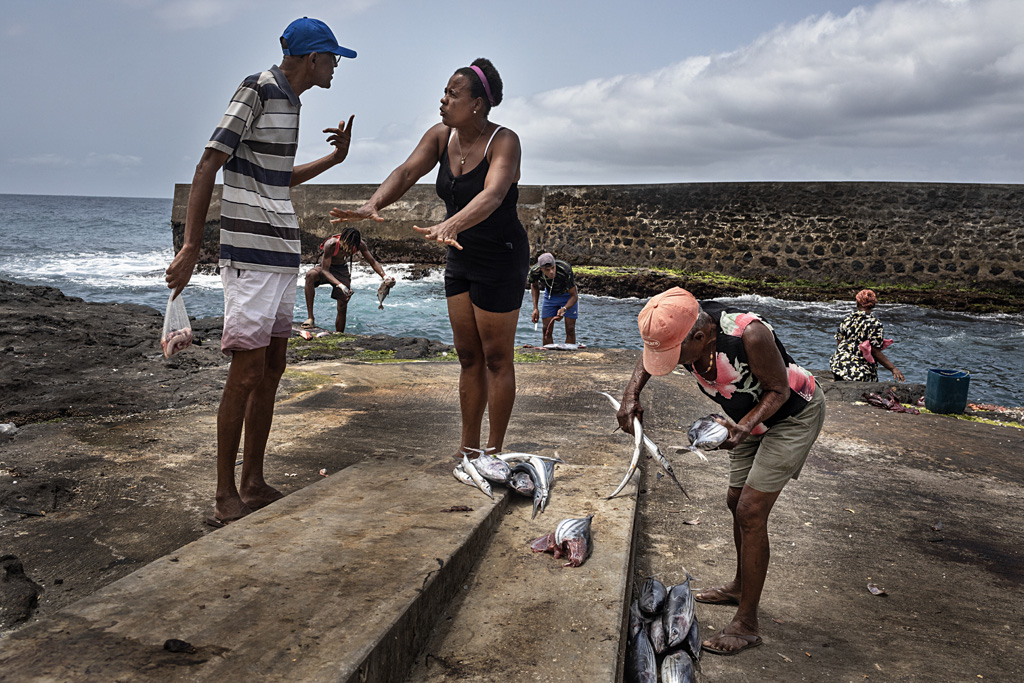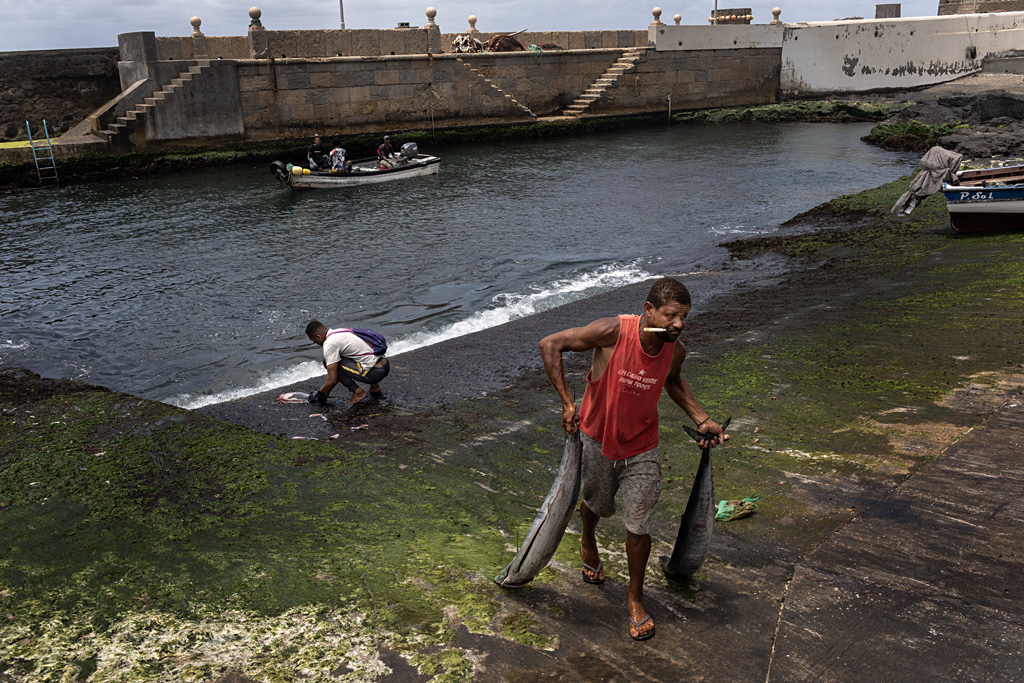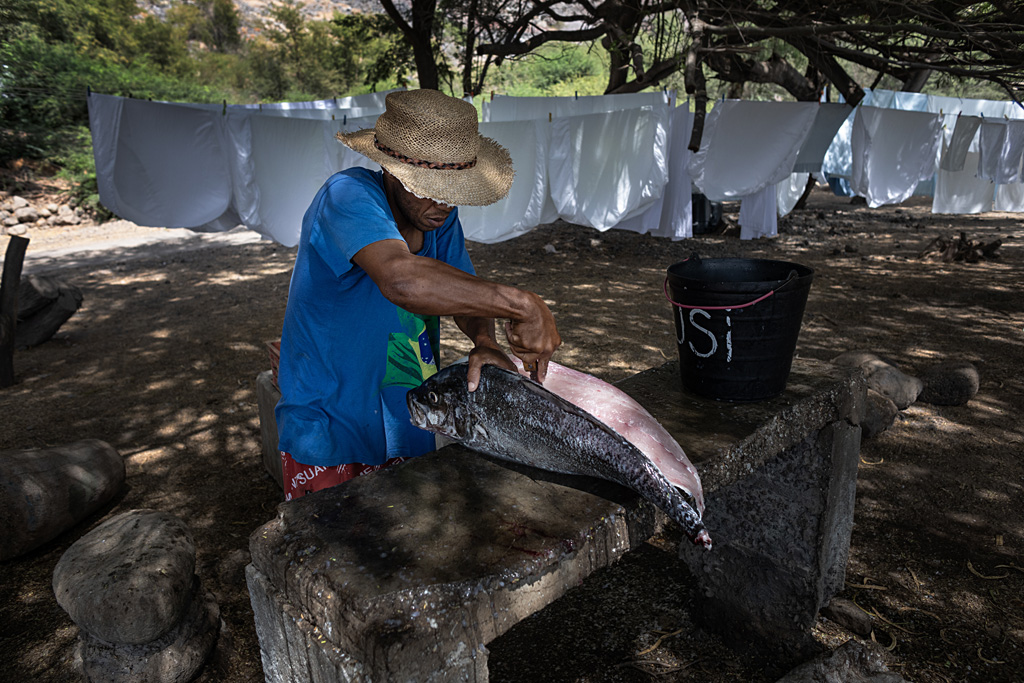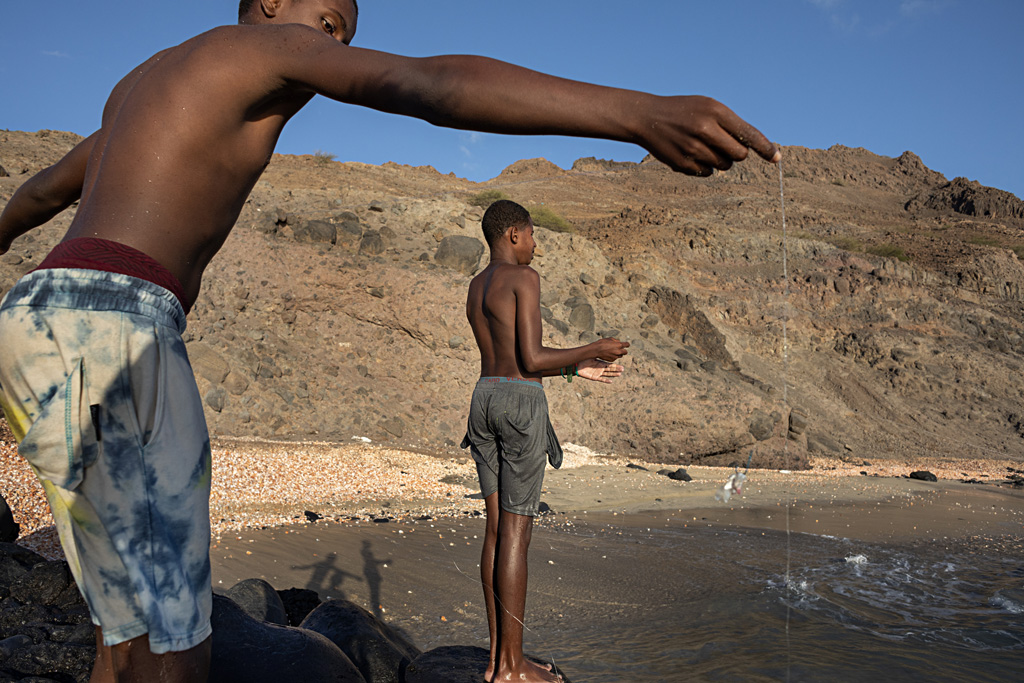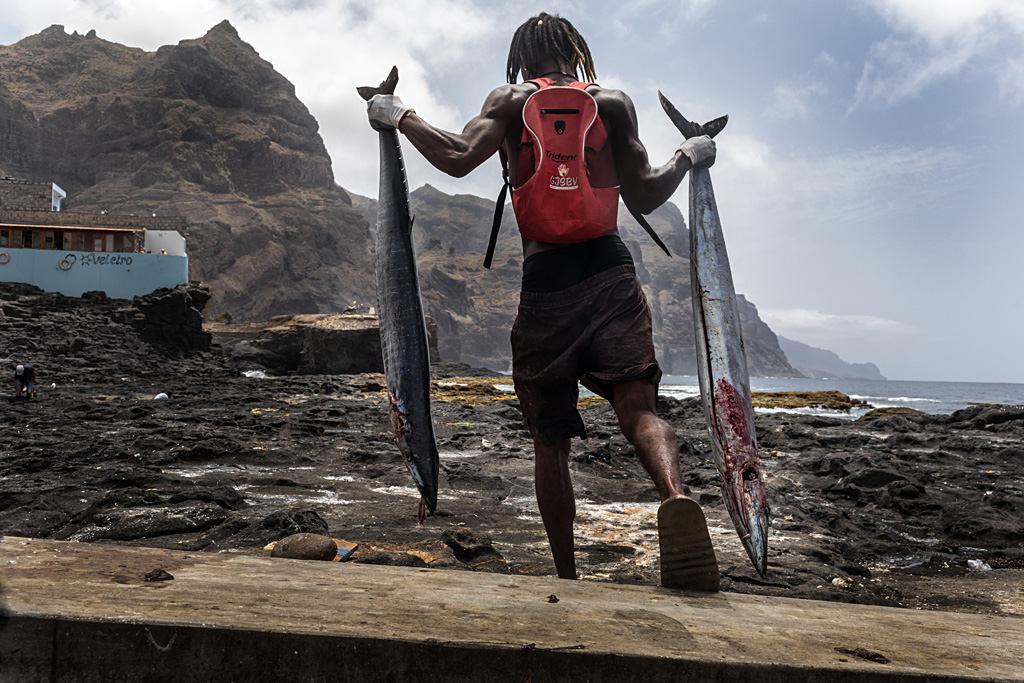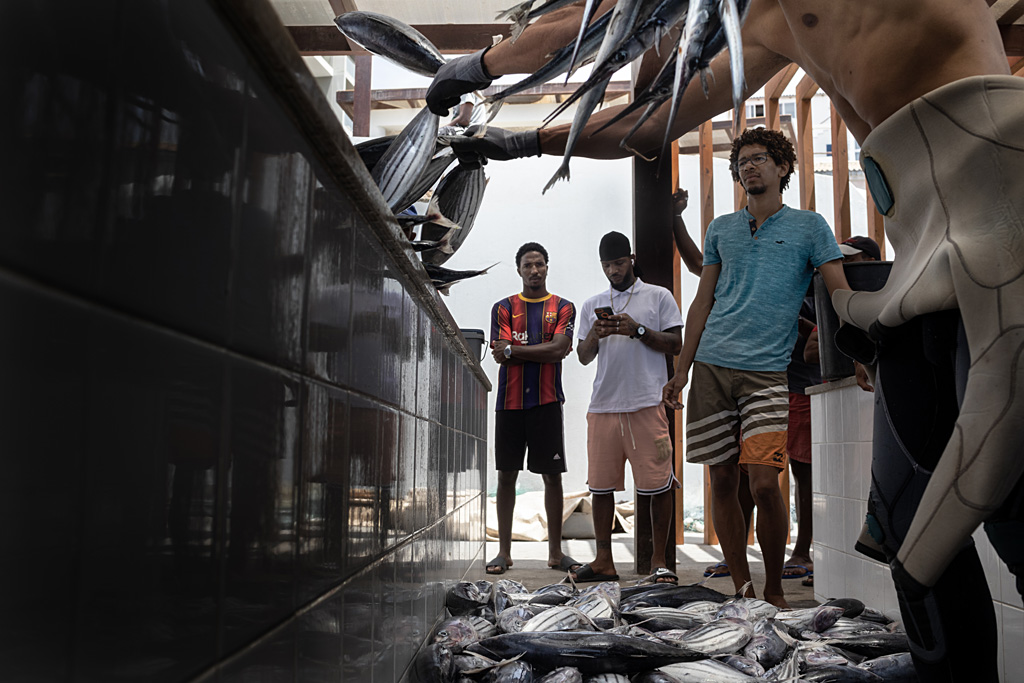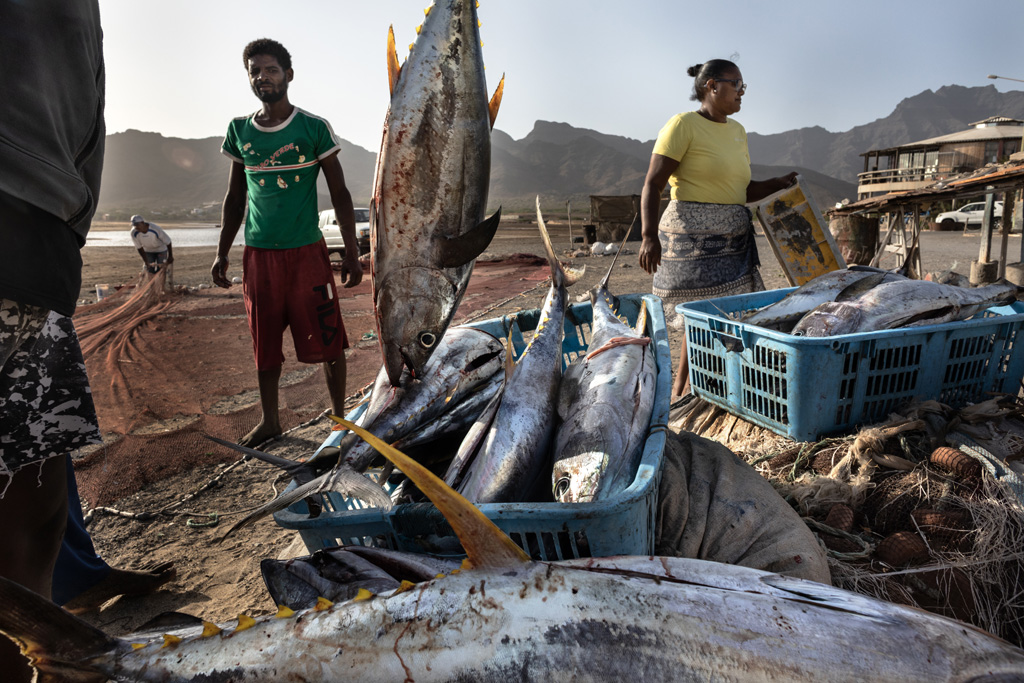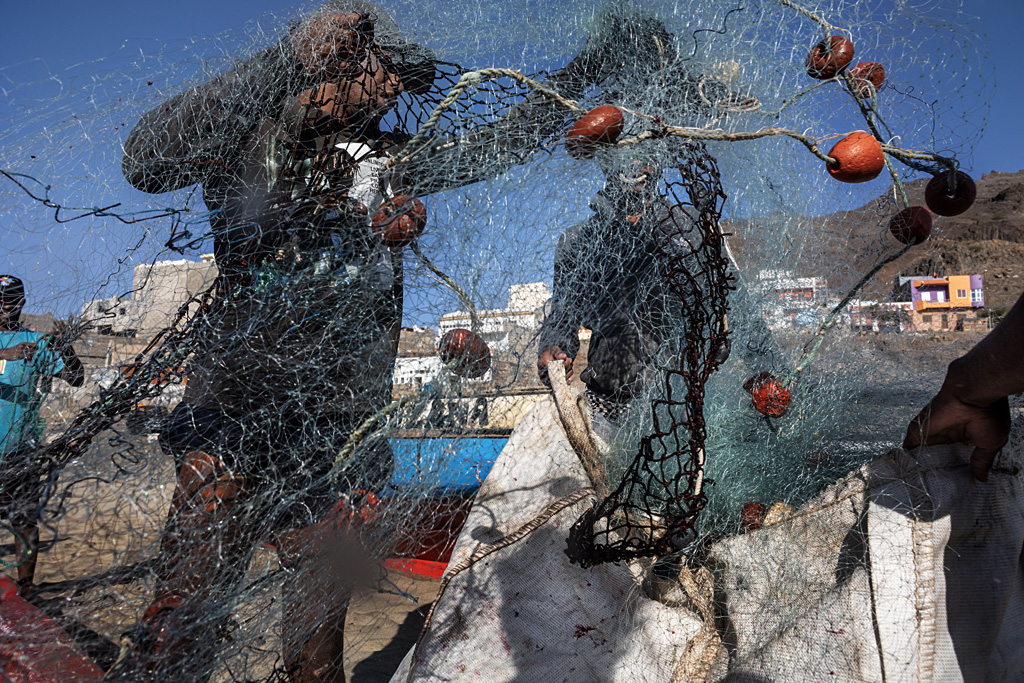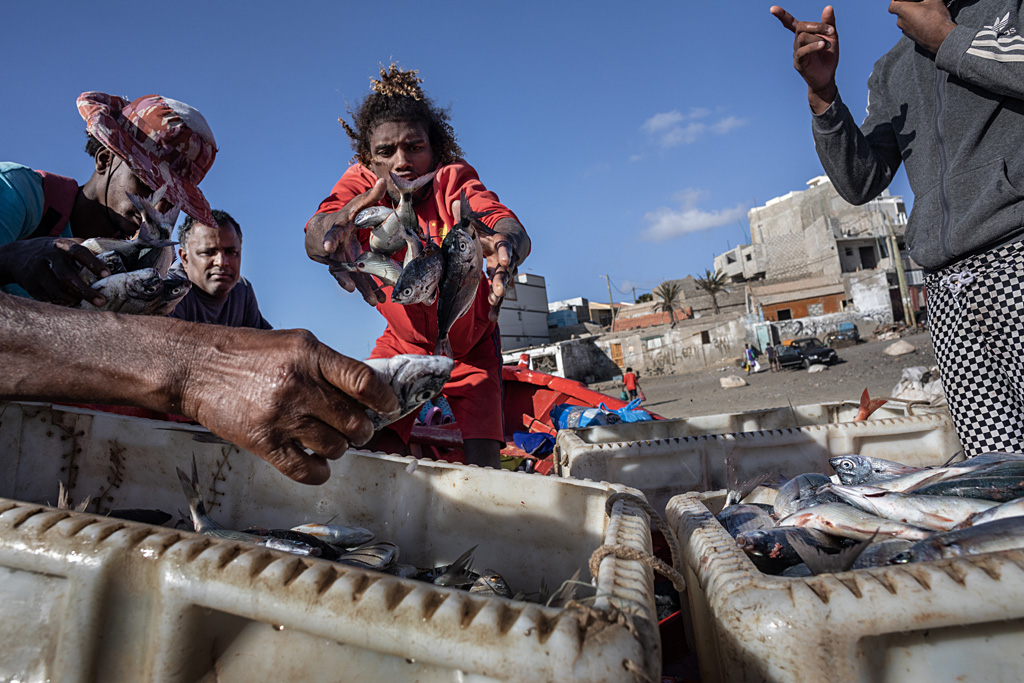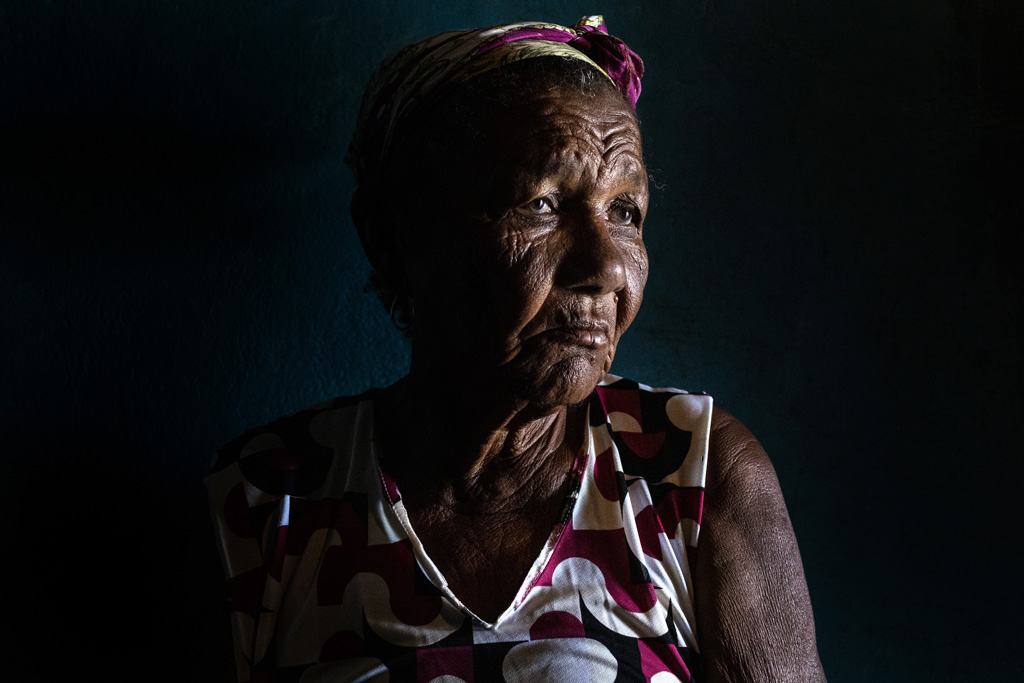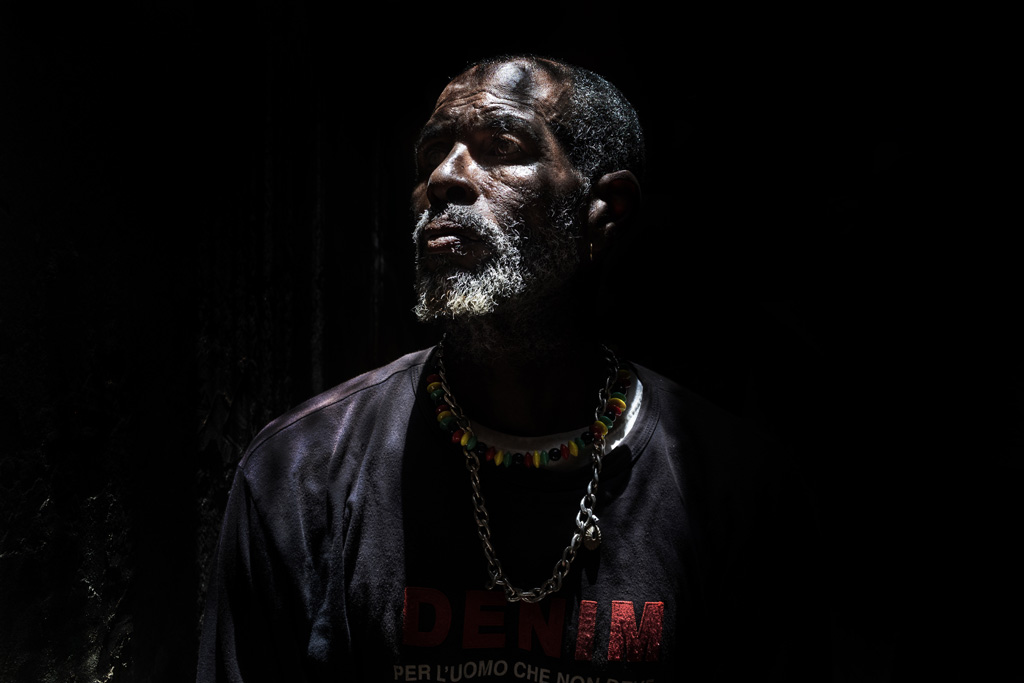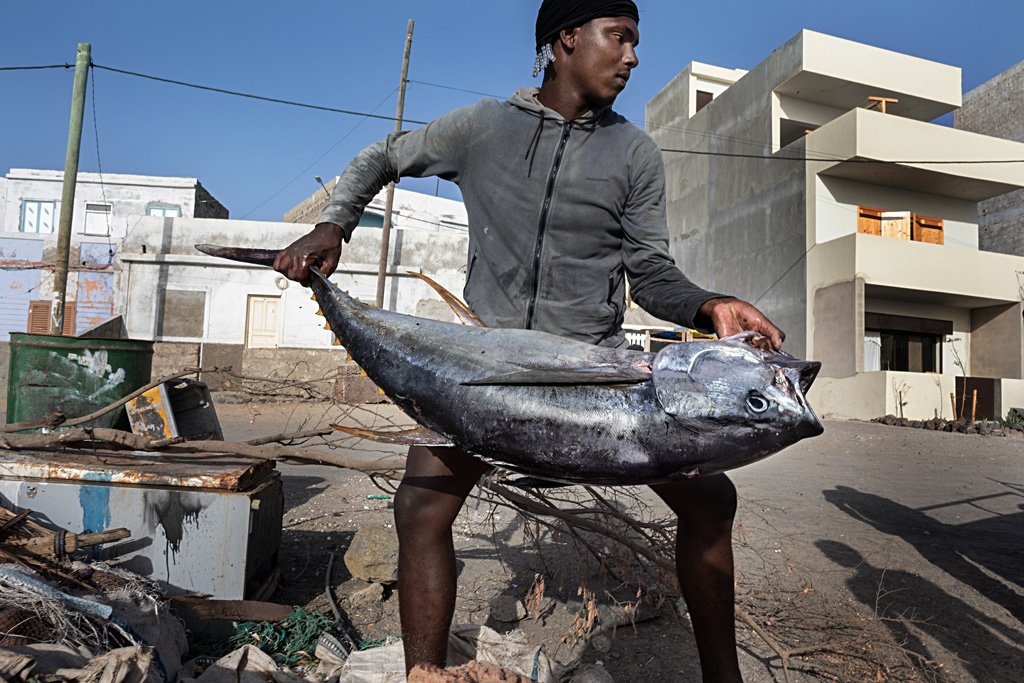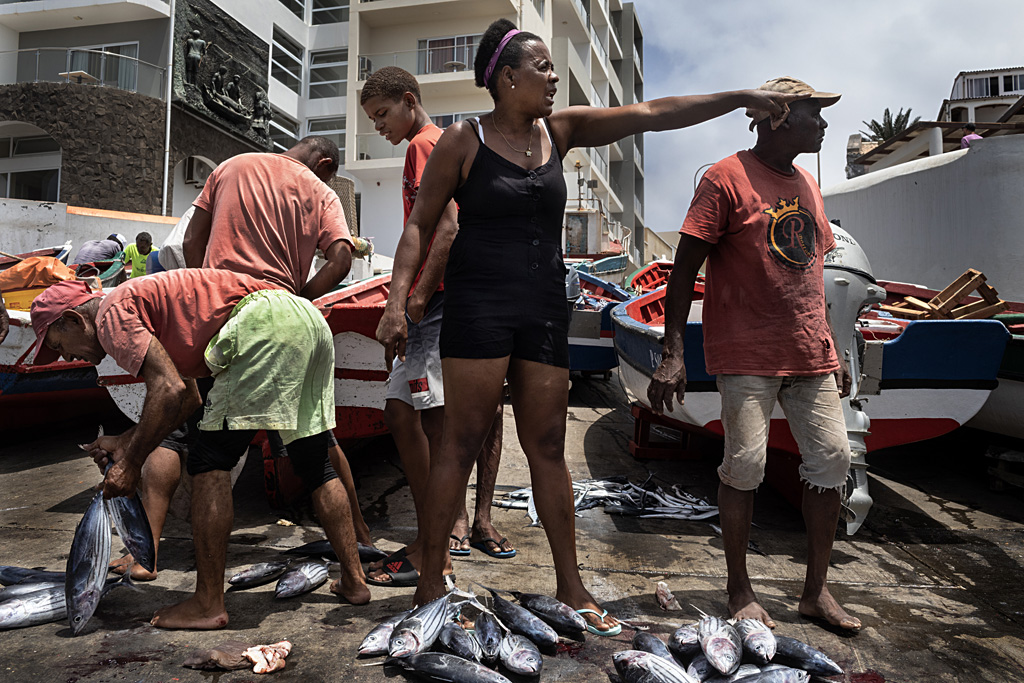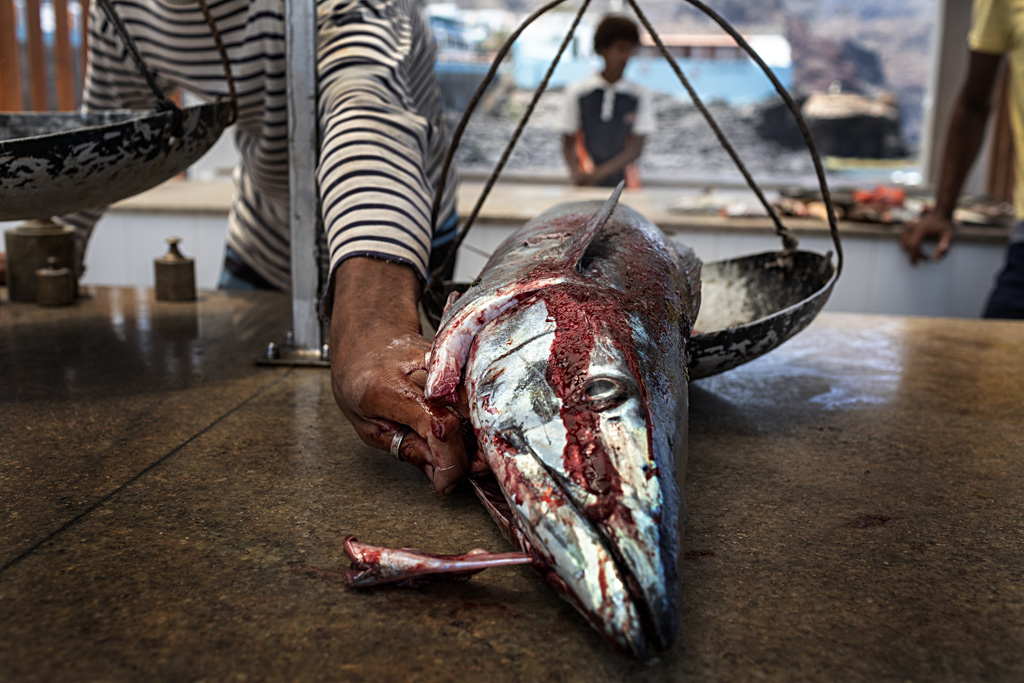X
Be the first to know about the latest stories and projects at witnessimage
X
The waters of West Africa are among the richest in the world, but the growing population in the area is putting strong pressure on fishery resources. Overfishing, climate change, pollution, and destruction of critical habitats are endangering the survival of millions of people and local communities that rely on fishing for their livelihoods. Cape Verde, an archipelago of 10 islands off the coast of Senegal, is not immune to this situation. Its waters are rich in tuna, small pelagic fish, and demersal species, but excessive industrial fishing is endangering the survival of these species and the local communities that rely on fishing for their sustenance. The European Union and the islands of Cape Verde established an agreement in 2018 to manage fishery resources sustainably. However, this agreement has been criticized for the lack of adequate control over the activities of foreign vessels in local waters, along with discrepancies between the benefits obtained by community fleets and the financial compensation provided by Brussels. This agreement seems to fall short of achieving all its objectives in terms of sustainable fishery resource management, limiting the effectiveness of one of the EU’s main tools for international cooperation in the fishing sector. Furthermore, artisanal fishing, which should be protected and supported to maintain a balance between industrial and local fishing, is facing unfair competition from foreign industrial vessels that operate illegally in local waters. This phenomenon is known as “Ocean grabbing,” or the wrongful appropriation of oceanic resources by external actors. To address this problem, the government of Cape Verde has increased the number of licenses for artisanal vessels from 467 to 1,082 in the period 2016-2020. However, this increase was influenced by exemptions from payments during the COVID-19 pandemic, in an attempt to address the economic recession caused by the crisis. Industrial fishing continues to be an important source of income for Cape Verde, representing about 17% of all the country’s exports in 2021. (Text by Luca Catalano Gonzaga).
